hoorray
Ideal_Rock
- Joined
- May 16, 2003
- Messages
- 2,798
I think it's a great test, with interesting results. I've always read that you're eyes really don't discern anything less thatn a .1mm size difference in stones. I don't know if I agree with that -- I think I am more size sensitive than I am color sensitive, but that what the experts have said. None of these samples have more than a .1mm average variance between each other, but all of those 6.3mm and smaller stones do fall into that camp of visually smaller.
But, before we go so far as to pass judgement on the various vendors based on the results, I think it's fair to say that some might be optimizing to things other than size when they choose their stock. Size is only one of the "5" c's (assuming you take into account cost). I'd trade off a <.1mm here and there for a great looking stone or a great value. That becomes the interesting part of this whole adventure. Picking that balance that works for your priorities.
But, before we go so far as to pass judgement on the various vendors based on the results, I think it's fair to say that some might be optimizing to things other than size when they choose their stock. Size is only one of the "5" c's (assuming you take into account cost). I'd trade off a <.1mm here and there for a great looking stone or a great value. That becomes the interesting part of this whole adventure. Picking that balance that works for your priorities.







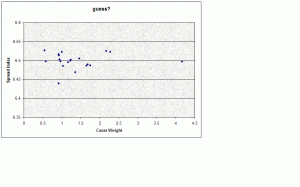





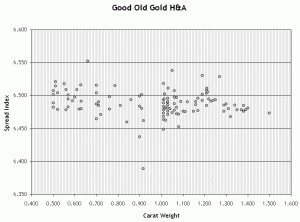
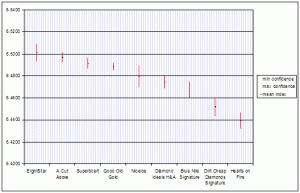

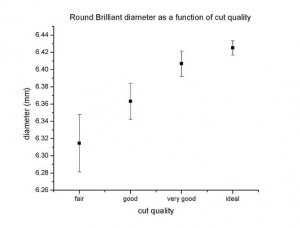

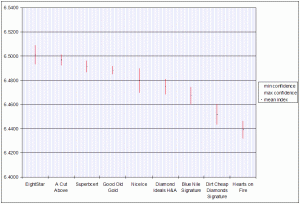


300x240.png)